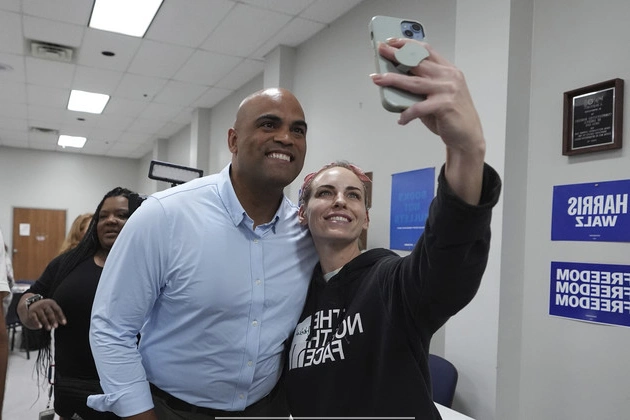
New York City Mayor Eric Adams and President Trump’s border czar Tom Homan emphasized the importance of cooperation between local law enforcement and federal immigration officials. They announced the indictment of 27 alleged Tren de Aragua members on various charges, underlining the need to combat transnational crimes.
The Partnership’s Significance
Mayor Adams’s decision to open a U.S. Immigration and Customs Enforcement office on Rikers Island signifies a proactive approach towards law enforcement. This move aims to strengthen efforts in fighting violent crimes and ensuring public safety.
Legal Challenges and Concerns
Despite the intentions behind establishing the ICE office, legal challenges arose. The City Council sued Mayor Adams, questioning the alignment of his immigration policies with those of the previous administration. This legal battle reflects the complexities surrounding immigration enforcement at the local level.
Addressing Potential Risks
Tom Homan highlighted the risks associated with not opening the ICE office on Rikers Island. He emphasized the importance of facilitating law enforcement actions to prevent further criminal activities and maintain community safety.
Ensuring Fair Legal Proceedings
Regarding the fate of the alleged gang members, Homan deferred to the prosecutors handling the case. This approach underscores the commitment to due process and fair legal proceedings in dealing with criminal allegations.
National Implications and Policy Standpoints
The case of Kilmar Abrego Garcia has sparked national debates on immigration policies and law enforcement practices. The differing viewpoints between federal authorities and local officials highlight the complexities of immigration enforcement.
Consistency in Policy Implementation
Mayor Adams has affirmed the continuity of his policies, emphasizing that they remain unchanged despite external pressures. This stance reflects a commitment to local priorities while navigating federal expectations.
Future Directions and Collaboration
The ongoing collaboration between local law enforcement and federal agencies sets the tone for future engagements. By prioritizing public safety and legal compliance, these partnerships aim to address complex challenges effectively.











